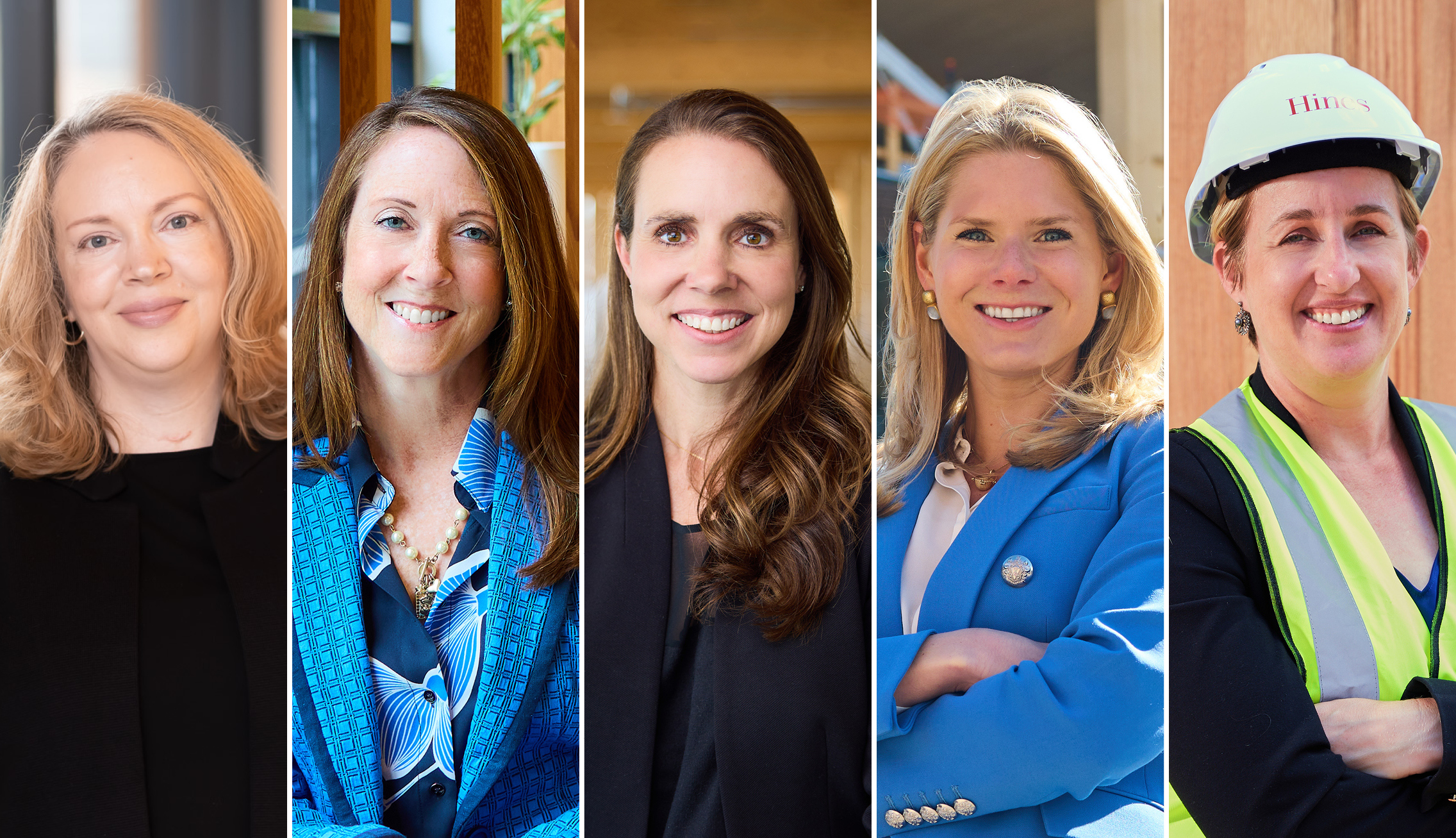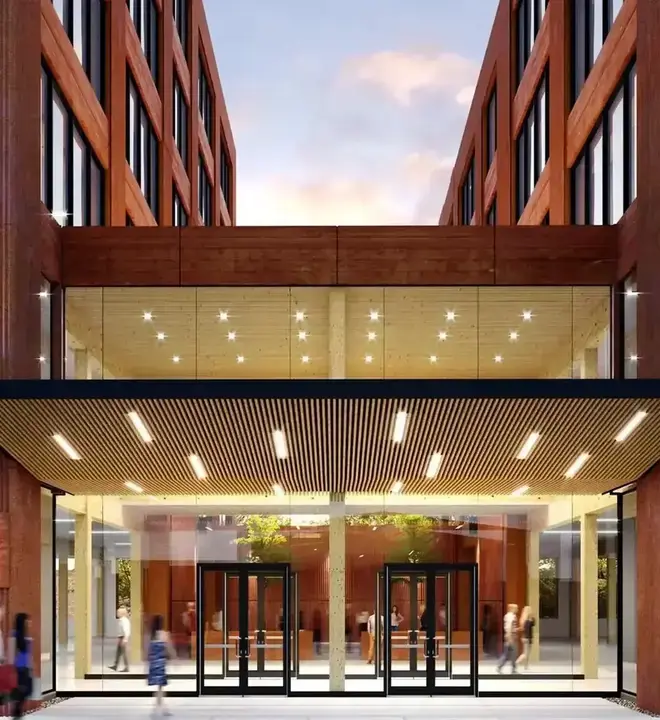T3 brings environmental and social sustainability to the workplace in a sophisticated, elegant way. Made with rapidly renewable, sustainably sourced timber, T3 buildings are clean and quick to construct and poised to meet global climate goals.
T3's natural wood interior, paired with wellness-inspired amenities and an exceptional technology platform, creates a unique work environment that fosters productivity and sparks innovation. T3’s exceptional amenities prioritize health and well-being, and the natural wood interior and bright, inspiring spaces help people feel – and do – their best.









